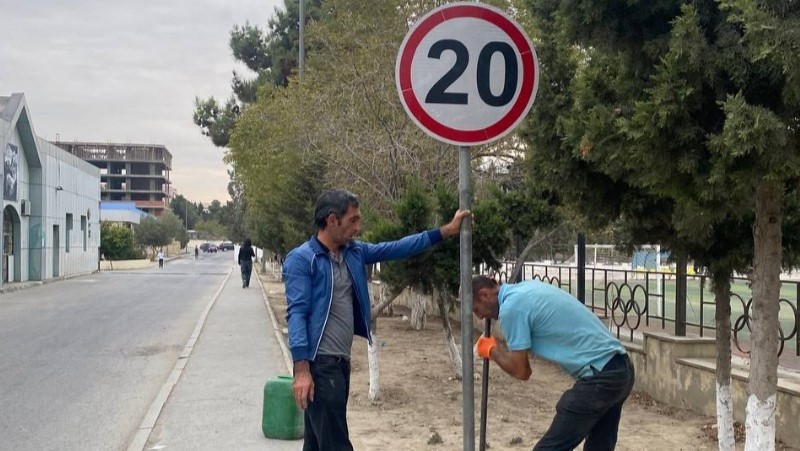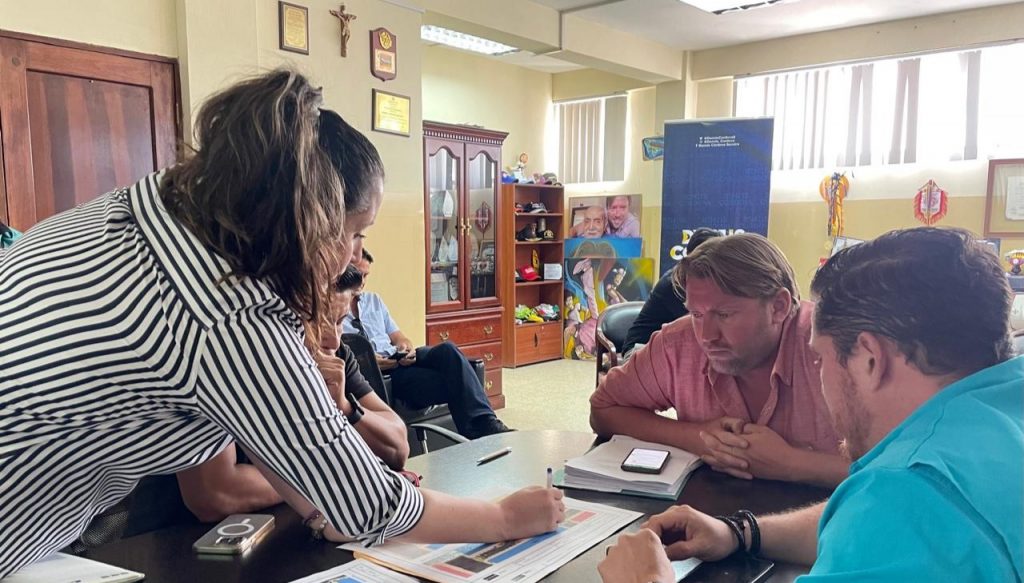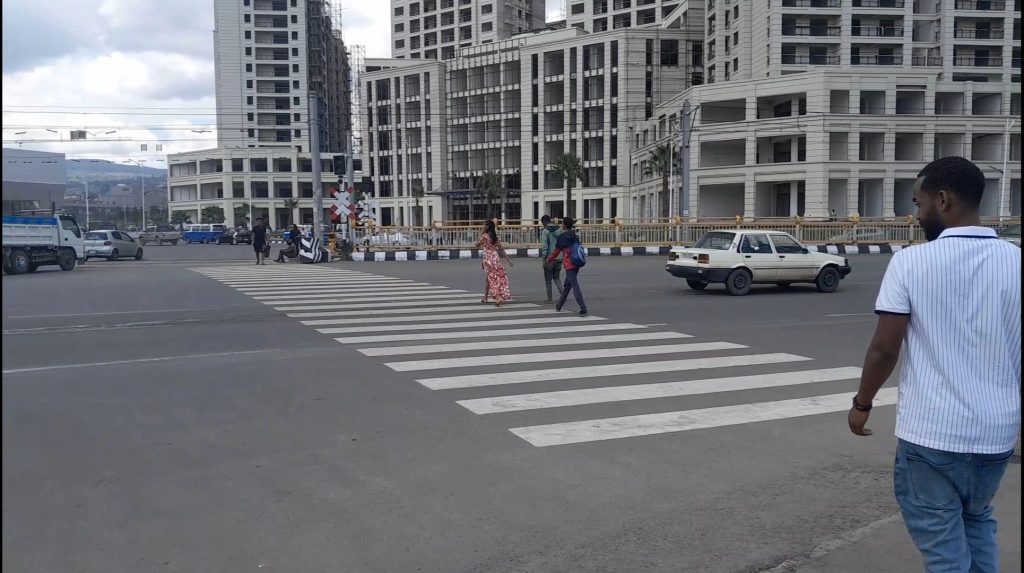
Each year, the Alliance marks the anniversary of the launch of the Global Plan for the Decade of Action for Road Safety 2021-2030 with an online event looking at progress toward the Decade of Action from a civil society perspective. This year’s event launched the Mobility Snapshot map and honed in on three Snapshots from Azerbaijan, Ecuador, and Ethiopia alongside insights from guest speakers.
The speakers included Janene Tunez, Sustainable Mobility Officer, UN Environment Program; Chika Sakashita, Director of Global Programs, Global Alliance of NGOs for Road Safety; Greg Smith, Global Programme Director, International Road Assessment Program; and Pedro Scarpinelli, Executive Director, National Road Safety Agency, Argentina.
The NGO panelists included Mesganaw Bimrew, Save the Nation, Ethiopia; Paola Carvajal, Movidana, Ecuador; and Elizabete Ruvinska, AMAK, Azerbaijan. They shared stories of how their data-driven advocacy using the Snapshots have led to improvements in pedestrian facilities at intersections in Azerbaijan, Ecuador, and Ethiopia.
“Changes that will make a significant difference in the accessibility of a space are really fundamentally important because the more enjoyable it is to walk and cycle, the more people will do so as a choice and the less people will be harmed in the process of doing so. It’ll make a significant difference for those who use it every day. And that’s the true people-centered approach,” said Janene Tunez.
Janene’s key points:
“I particularly love the Mobility Snapshots campaign because it was particular. It focused on the individual. It focused on one space. It said, yes, this intersection needs attention. This is a crisis we can solve now. People need to get across. They can’t. It’s dangerous. Let’s fix it.”
Chika’s key points
“The Mobility Snapshots movement really encapsulates the strong network that we are of road safety advocates coming together to challenge the status quo and instigate positive changes around the world,” said Chika Sakashita.
“This is really a data-driven wake-up call that we’re in the fourth year of the second Decade of Action, and we still see and are using roads that are not keeping everyone safe. But at the same time, it is a hopeful message that with already known proven interventions, we can make roads safe for everyone.”
Greg’s key points
“The Mobility Snapshots are very focused on the evidence and the data, which I think is incredibly important, and it’s absolutely essential for making a strong case about investing in safety.”
Greg commended the Alliance’s community-centered approach, which combines data with the voices of those directly impacted, creating advocacy that is both scientifically grounded, community driven and emotionally resonant. “In one of the intersections improved in Brazil, they saw a 60% reduction in injury crashes and $103 saved for each $1 invested. So, the types of improvements that are coming through in the Mobility Snapshots are very affordable and very cost effective,” said Greg.
“We are supporting speed management at the national level and trying to help and support local speed management in order to increase safety for pedestrians, cyclists, motorcyclists because if we have safer speeds in our streets, the probability of deaths and serious injuries drop down dramatically,” said Pedro.



Panel:
Each of the three case studies illustrates how dedicated advocacy, informed by data and strengthened by community engagement, leads to real change.
Azerbaijan
Elizabete recounted her team’s work at a busy intersection near a school without any pedestrian facilities for schoolchildren. The Mobility Snapshots provided data that helped them advocate for changes, resulting in a groundbreaking speed limit reduction to 20 km/h in the school zone—the first of its kind in Azerbaijan. The process, she noted, did more than improve infrastructure; it also engaged community members in the cause of road safety, creating advocates among parents, teachers, and students. Read the full story HERE.
Ecuador
Pamela shared how the Mobility Snapshots allowed her team to identify and address hazards at a key intersection connecting coastal cities. In partnership with local officials, they addressed multiple safety risks, such as inadequate signage and high speeds. She emphasized that the Mobility Snapshots campaign has fostered an understanding among officials that road infrastructure must prioritize pedestrian protection. Read the full story HERE.
Ethiopia
Mesganaw described how Save the Nation in Ethiopia used social media to build community demand for change at a dangerous intersection in Addis Ababa. The Addis Ababa Traffic Management Authority quickly responded by installing a zebra crossing and speed bumps. Read the story HERE.
Mahalet emphasized how the Snapshots brought attention to common problems pedestrians face which led to the Addis Ababa Traffic Management Authority to prioritize improvements at the location of the Snapshot, implementing road markings and ramps to enhance safety and accessibility. She also highlighted the value of partnerships with government and civil society organizations, whose efforts help spotlight critical safety gaps and enable government authorities to better understand public needs and prioritize solutions effectively.
“Understanding the context of problems as well as prioritizing based on the needs and the extent of the needs, is still a problem for the government. So having NGOs to help draw attention to the existing problems helps us to be informed. Through data-based advocacy, they can ease the work of the government and gain support easily. So I encourage NGOs to keep collecting evidence on the importance of improved safety and sharing with their leaders,” said Mahalet Gemerew.